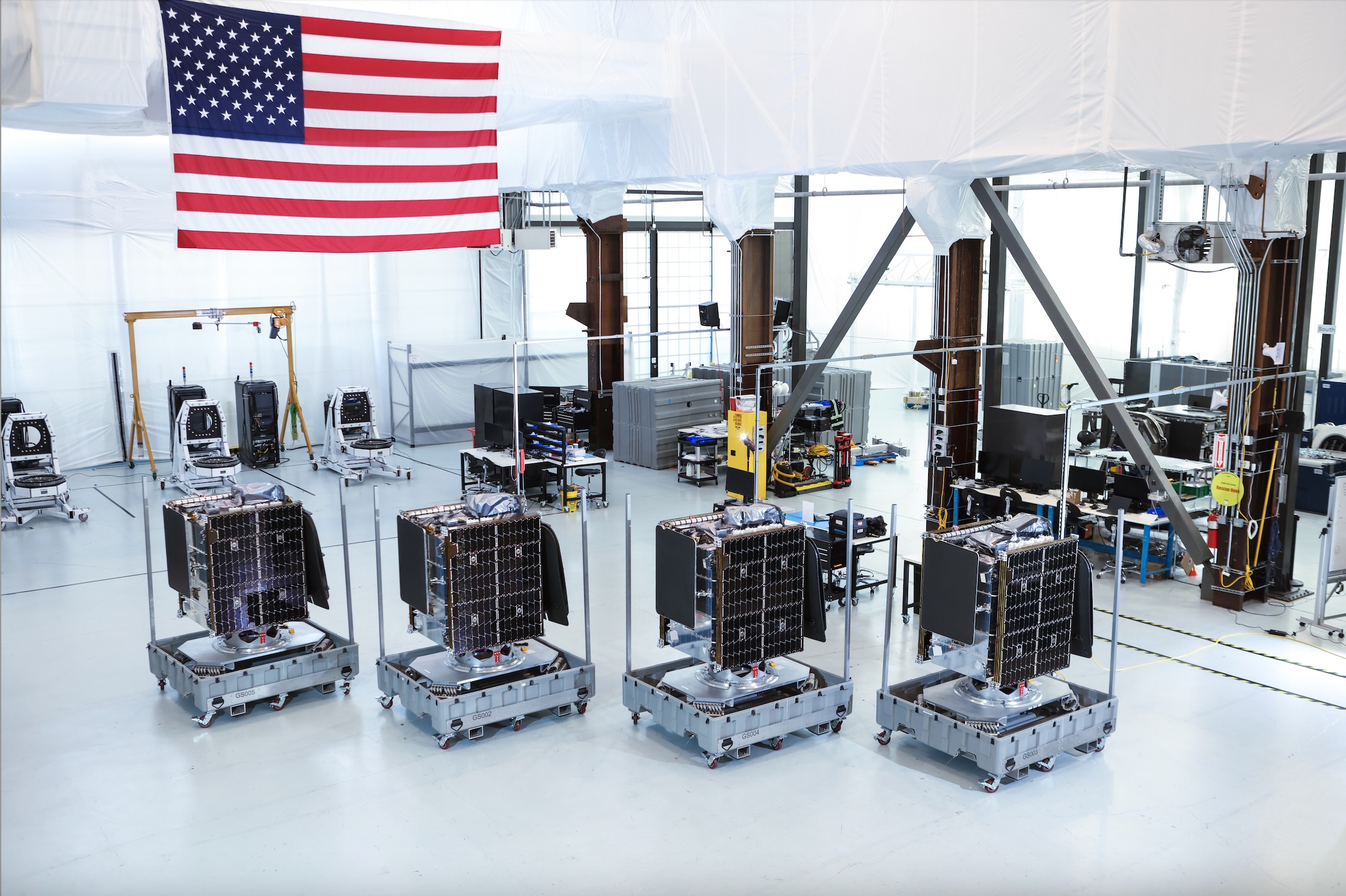
SpaceX's plans to launch four small communications satellites to a high Earth orbit were called off as the countdown reached T-0 seconds on Saturday (Dec. 21).
A Falcon 9 rocket carrying four "MicroGEO" satellites built by San Francisco company Astranis had been scheduled to lift off from Cape Canaveral Space Force Station at midnight EST (0500 GMT). An unspecified issue forced an abort just as the Falcon's Merlin engines were igniting.
"Standing down from tonight’s Falcon 9 launch," SpaceX stated in an update posted on the X social media network.
The company at first said that it was targeting Sunday morning for the next launch opportunity, but after further inspecting the Falcon 9 and reviewing the scrub data stood down from that try. A new target launch date has yet to be announced.
"Scrubs happen!" wrote Christian Keil, Astranis' vice president, on X. "We've seen worse and will try again soon."

One Astranis satellite has reached orbit to date, which explains the name that had been given to this launch — "Astranis: From One to Many."
Related: SpaceX: Facts about Elon Musk's private spaceflight company
Two of the four satellites that had been set to go up Saturday will be used by Colorado-based company Anuvu to provide in-flight connectivity for travelers. Another one will beam service to customers in the Philippines, and the fourth, called UtilitySat, is expected to serve a variety of customers throughout its life, according to Astranis.
"This is a huge milestone for Astranis. We’re going from one to many satellites, and this is the first time anyone has ever launched four satellites together like this," Astranis CEO John Gedmark said in a statement emailed before the launch attempt.
"These are our most advanced satellites yet, with a number of improvements that will generate increased capacity and affordability," he added. "We couldn’t be more excited to deliver for our customers, providing dedicated broadband networks in a way they can't get anywhere else."

The Falcon 9's upper stage was to deploy the four Astranis satellites into geosynchronous transfer orbit about 35 minutes after launch.
The quartet was then to make their way to geosynchronous orbit, a circular path 22,236 miles (35,786 kilometers) above Earth. At this altitude, orbital velocity matches the planet's rotational speed, allowing spacecraft to "hover" over the same patch of Earth continuously.
The Falcon 9's first stage, meanwhile, was to come back to Earth for a touchdown on the droneship "A Shortfall of Gravitas" about 8.5 minutes after launch. It would have been the 17th flight for this particular booster, according to a SpaceX mission description.







